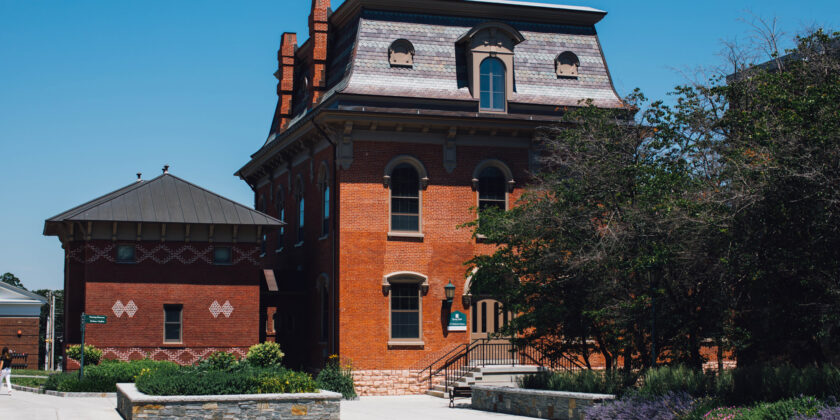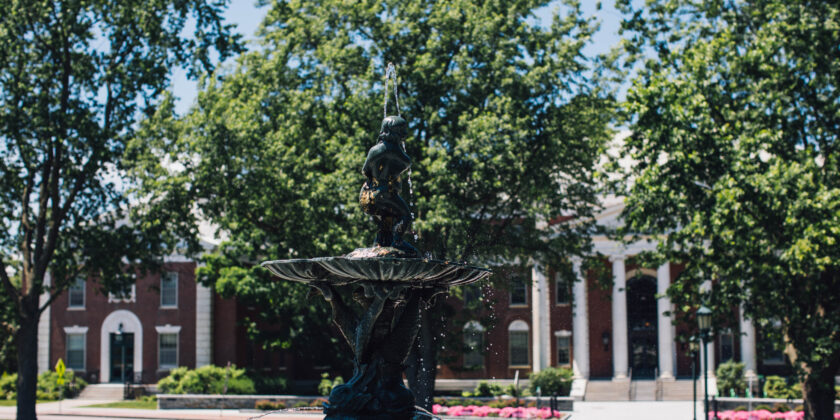The New Ivy League
Forbes recently conducted a survey of hiring managers to see which colleges beyond Ivy League and Ivy-Plus (Stanford, Duke, MIT, and U. Chicago) attract the most accomplished students* and “turn out hard-working, highly-regarded employees.” Top 10’s below!
“New Public Ivies” Top 10:
- Binghamton
- Georgia Tech
- U. of Florida
- U. of Illinois – Urbana Champaign
- UMD College Park
- Michigan
- UNC Chapel Hill
- UT Austin
- UVA
- Wisconsin
“New Private Ivies” Top 10:
- Boston College
- CMU
- Emory
- Georgetown
- JHU
- Northwestern
- Rice
- Notre Dame
- Southern California
- Vanderbilt
Read on here!
*not sure ‘hiring managers’ can actually weigh in on this… being accomplished is just one tiny factor in how these schools make admissions decisions
*Stay in the know! Subscribe*




